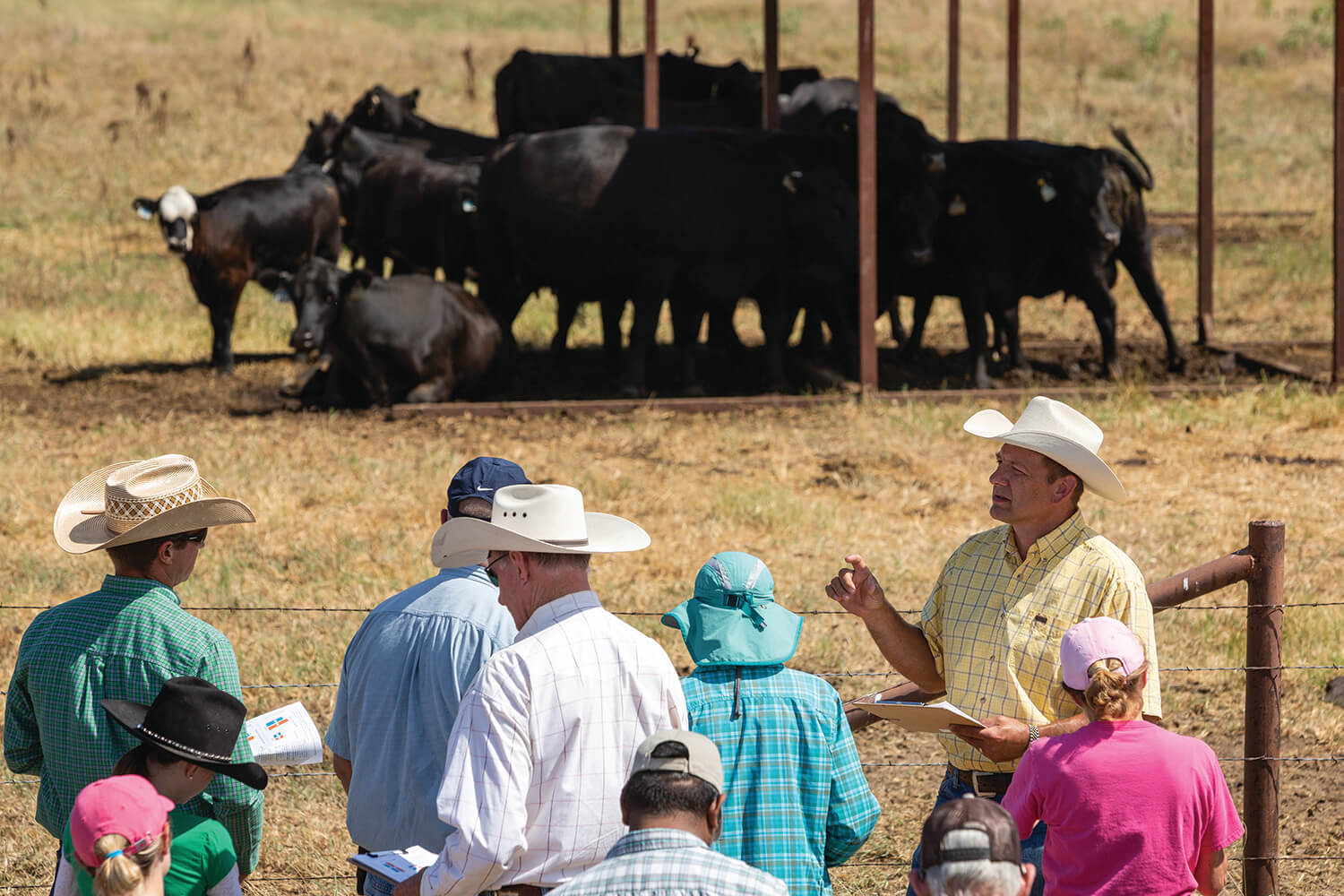With a guide at their side, travelers are able to plan their best route before they set out. They can evaluate where they want to go and how to get there. They can mark places to avoid and the routes that lead to the best outcomes. Then, once the journey has begun, they must build in moments along the way to stop, recalibrate and refuel for the next part of the road.
Charting a course is essential for the producer on the road to renewal. Regenerative agriculture begins with improving soil health then extends to making informed choices regarding animals, water, plants and economics. There is no one-size-fits-all approach for management. Application is based on principles not prescriptions. It also needs to be flexible enough to adapt when the unpredictable — like drought or other natural calamity — inevitably occurs.

Soil Health Principles
Mapping out how to renew the land begins with following five soil health principles. Principles inform practices, which are put into motion with the help of innovative tools and training.

1. Cover the Soil
Using dedicated plants for grazing, cover crops and crop residue minimizes bare ground and builds soil organic matter. Plant cover further protects the soil from erosion and serves as a barrier between the sun and raw soil, preventing escalated soil temperatures that can destroy microbial life.
2. Minimize Soil Disturbance
Mechanical soil disturbance, such as tillage, alters structure of the soil and limits biological activity. Grazing, fire, and application of fertilizer and other chemicals are also disturbances. “Minimize” does not mean eliminate. However, it is important to optimize the need, timing, frequency and duration of these activities.
3. Increase Plant Diversity
Increasing plant diversity creates an enabling environment and catalyst for a diverse underground community. In nature, grasses, legumes and forbs are found working together in a native, diverse rangeland setting. The complex interactions of roots and other living organisms within the soil defines the soil’s water holding capacity, affects carbon sequestration and enables nutrient availability for plants.
4. Keep Living Roots in the Ground All Year
A living root in the ground year-round is required to keep the soil biology processes working. Soil microbes use active carbon first, which comes from living roots. These roots provide food for beneficial microbes and spark beneficial relationships between these microbes and the plant.
5. Integrate Livestock Properly
The Great Plains evolved under the presence of grazing animals, which is why livestock are a necessity for healthy soils and ecosystems. Soil and plant health is improved by proper grazing, which recycles nutrients, reduces plant selectivity and increases plant diversity.

Innovative Tools and Training
Producers who begin their journeys can find helpful tools and training, offered by Noble, along the way.
Soil Testing
The old adage is true: “You can’t manage what you don’t measure.” Soil tests enable a producer to find out what nutrients, and how much, are needed to make a healthy crop grow. In 2019, Noble processed 2,492 soil samples for farmers and ranchers as well as for educational purposes. In addition, 2,127 forage samples were tested.
Improved Plant Varieties
Small grain, grass and legume breeding continued to provide farmers and ranchers with forage crops that improve productivity or provide traits such as drought tolerance, increased nutritional value or disease resistance. Since 1956, Noble has released 25 forage varieties, including bermudagrass, crabgrass, oat, rye, switchgrass, tall fescue, triticale, wheat and white clover cultivars.

This is important information for us to have. We are seeing the benefits of managing with the land’s long-term health in mind, but it’s important for us to be able to support what we’re doing with hard data.”
Susan Bergen, Sulphur, Oklahoma

Cover Crops
A national collaboration through the Foundation for Food and Agriculture Research continued in 2019. The project identifies and breeds small grains, legumes and brassicas as cover crops to improve soil health.
Skill Building
Producers gained the latest research-based information and advice on how to apply best practices on their operations during 34 educational seminars and hands-on workshops and demonstrations.
You’re going to step out there and do something different. Maybe it will work, or maybe it won’t. Not many people are willing to do that. But, Noble Research Institute has done the footwork for us, so it should be an easy step.
William and Karne Payne, Destiny Ranch, Oklahoma


Comment